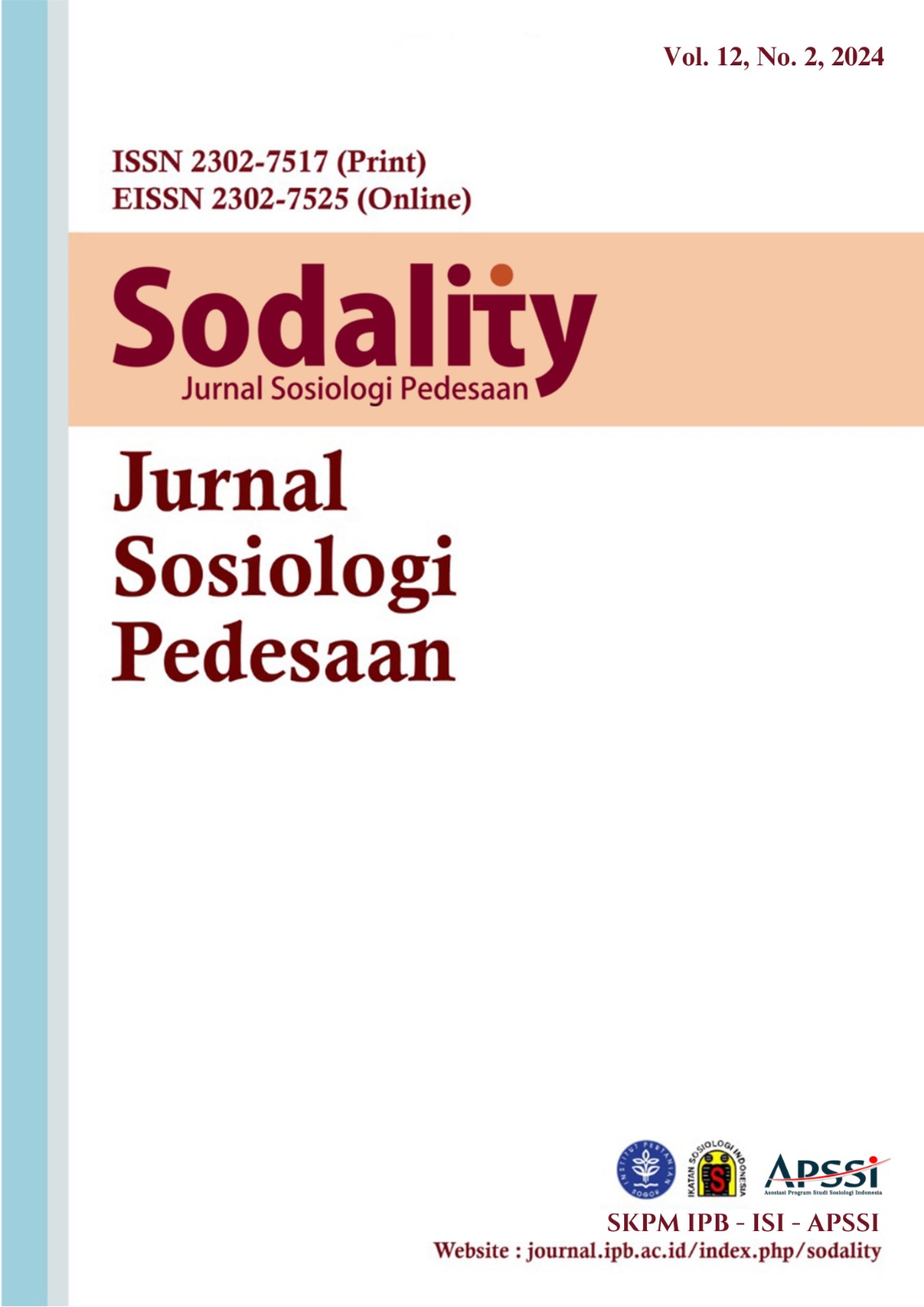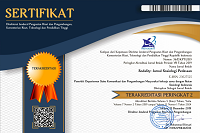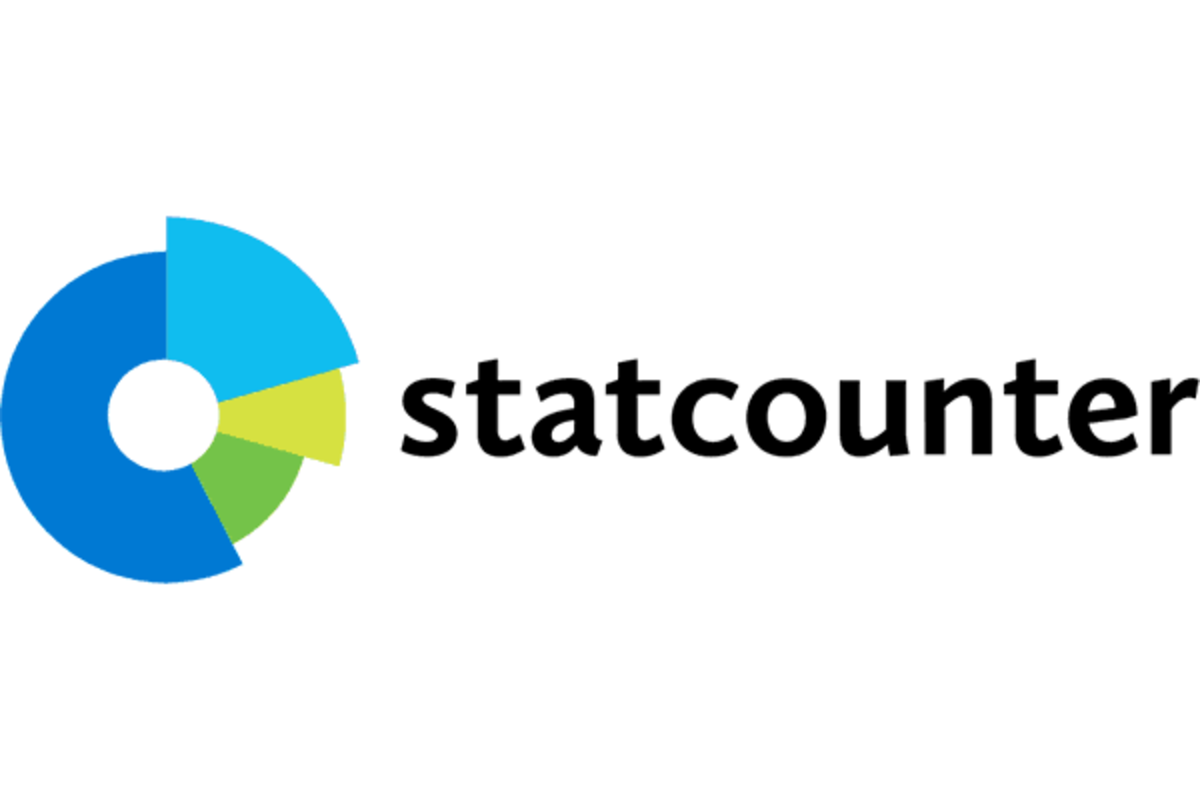The Function of Saniri as a Means of Controlling Village Development
Abstract
The saniri institution is a traditional governance body in Maluku, particularly in Central Maluku, responsible for formulating village (negeri) programs, drafting regulations, electing the village head (raja), and overseeing the negeri government’s implementation of development initiatives. Despite its long-standing role and adherence by indigenous communities, concerns have emerged regarding its effectiveness in governance oversight. This study examines the implementation of the saniri’s control function in overseeing development projects in Lumoli Negeri, West Seram Regency. Employing qualitative research methods, findings reveal that the community, as represented by key informants, expresses dissatisfaction with the saniri’s supervisory role. Many perceive that development efforts have failed to meet expectations due to the saniri’s lack of oversight, resulting in underutilized infrastructure and facilities. This study seeks to identify the underlying factors that hinder the saniri’s ability to perform its control function and explore strategies to strengthen its governance role. Enhancing the saniri institution's effectiveness is crucial to ensuring that village development initiatives are successfully implemented and fully utilized by the community.
References
Acim, S. R., & Salenussa, B. J. M. (2019). Reviewing Maluku’s local culture through multicultural education approaches. asia proceedings of social sciences. Asia Proceedings of Social Sciences, 4(2), 99–101.
Archibong, E. P., & Antia, C. I. (2014). Structural – functionalism: its relevance to medical profession. International Journal of Education and Research, 2(5), 349–356.
Bhusan, S., Hazarika, A., & Gopal, N. (2022). Time to simplify banking supervision—an evidence‐based study on PCA Framework in India. Journal of Risk and Financial Management, 15(6), 1–20. https://doi.org/10.3390/jrfm15060271
Corputty, P., Pasalbessy, J. D., Hattu, J., & Salamor, Y. B. (2023). Criminal sentence disparity of village funds abuse in Maluku. Sasi, 29(1), 184. https://doi.org/10.47268/sasi.v29i1.1155
Garner, R. T. (2019). Structural Functional Theory. The Blackwell Encyclopedia of Sociology, 1–4. https://doi.org/10.1002/9781405165518.wbeoss289.pub2
Gupta, M., Dennehy, D., Parra, C. M., Mäntymäki, M., & Dwivedi, Y. K. (2023). Fake news believability: The effects of political beliefs and espoused cultural values. Information and Management, 60(2), 1–12. https://doi.org/10.1016/j.im.2022.103745
Hammar, R. K. R., Renjaan, H., Balubun, W. H., Silubun, S., Rahawarin, Y. F., & Rahayan, E. (2022). Catching up a local wisdom of the kei traditional law community spatial arrangements in The Kei Islands, Southeast Maluku. South East Asia Journal of Contemporary Business, Economics and Law, 26(1), 182–189.
Izadi, A., Mohammadi, M., Nasekhian, S., & Memar, S. (2020). Structural functionalism, social sustainability and the historic environment: a role for theory in urban regeneration. Historic Environment: Policy and Practice, 11(2–3), 158–180. https://doi.org/10.1080/17567505.2020.1723248
Jyoti Sharma. (2023). Structural functionalism and educational inequalities in India: A comprehensive analysis. World Journal of Advanced Research and Reviews, 19(2), 747–750. https://doi.org/10.30574/wjarr.2023.19.2.1646
Kaihlanen, A. M., Hietapakka, L., & Heponiemi, T. (2019). Increasing cultural awareness: Qualitative study of nurses’ perceptions about cultural competence training. BMC Nursing, 18(1), 1–9. https://doi.org/10.1186/s12912-019-0363-x
Katrini, E. (2018). Sharing culture: On definitions, values, and emergence. Sociological Review, 66(2), 425–446. https://doi.org/10.1177/0038026118758550
Laturette, A. I., Latupono, B., & Akyuwen, R. J. (2021). The role of customary institutions in deciding the distribution of covid-19 to the Lehitu Indigenous people of Maluku regency. Journal of Legal, Ethical and Regulatory Issues, 24(Special Issue 1), 1–11.
Nurhadi, I., Sumarti, T., Hadi Dharmawan, A., & S Damanhuri, D. (2022). Cultural commodification and ethical transition of tourism development: a case in osing community, Indonesia. Sodality: Jurnal Sosiologi Pedesaan, 10(1), 24–43. https://doi.org/10.22500/10202238564
Okafor, S. O. (2021). Functional efficiency and the elements of the political system: an evaluation of Nigerian political structure and restructuring agenda. Jurnal Sosiologi USK (Media Pemikiran & Aplikasi), 15(1), 63–91. https://doi.org/10.24815/jsu.v15i1.21988
Ponizovskiy, V., Grigoryan, L., Kühnen, U., & Boehnke, K. (2019). Social construction of the value-behavior relation. Frontiers in Psychology, 10(APR), 1–12. https://doi.org/10.3389/fpsyg.2019.00934
Potts, R., Vella, K., Dale, A., & Sipe, N. (2016). Exploring the usefulness of structural–functional approaches to analyse governance of planning systems. Planning Theory, 15(2), 162–189. https://doi.org/10.1177/1473095214553519
Rahman, M. S. (2016). The advantages and disadvantages of using qualitative and quantitative approaches and methods in language “testing and assessment” research: a literature review. Journal of Education and Learning, 6(1), 102. https://doi.org/10.5539/jel.v6n1p102
Ressler, R. W., Paxton, P., Velasco, K., Pivnick, L., Weiss, I., & Eichstaedt, J. C. (2021). Nonprofits: A Public policy tool for the promotion of community subjective well-being. Journal of Public Administration Research and Theory, 31(4), 822–838. https://doi.org/10.1093/jopart/muab010
Shakouri, N. (2014). Qualitative research: Incredulity toward metanarrativeness. Journal of Education and Human Development, 3(2), 671–680. http://jehdnet.com/journals/jehd/Vol_3_No_2_June_2014/40.pdf
Singgalen, Y. A., Nugroho, A. Y. A., Suharsono, & Nantingkaseh, A. H. (2023). Regional tourism development in pringsewu regency: perspective on community-based tourism and sustainable livelihood. Sodality: Jurnal Sosiologi Pedesaan, 11(2), 130–142. https://doi.org/10.22500/11202341256
Staubmann, H. (2021). C. Wright mills’ the sociological imagination and the construction of talcott parsons as a conservative grand theorist. American Sociologist, 52(1), 178–193. https://doi.org/10.1007/s12108-020-09463-z
Suharno, S., & Milwan, M. (2020). Saniri resilience in the dynamics of monocultural policy. … Journal of Psychosocial Rehabilitation, 24(09), 2650–2663. http://staffnew.uny.ac.id/upload/132255131/lainlain/Scopus_Saniri Resilience in the Dynamics of Monocultural Policy %7B25-5-2020%7D.pdf
Titaley, E. (2015). Utilizing Sago to Reduce Poverty. OALib, 02(01), 1–6. https://doi.org/10.4236/oalib.1101236
Titaley, E. (2018). Pela dan gandong culture as basic of a network formation for poverty alleviation in the village. Advances in Social Sciences Research Journal, 5(3), 14–22. https://doi.org/10.14738/assrj.53.4247
Titaley, E. (2023). Sustainable Ecotourism Development In Negeri Lumoli , Maluku-Indonesia : Sociology Studies. Khazanah Sosial, 5(1), 53–64. https://doi.org/10.15575/ks.v5i1
Titaley, E., & Watloly, A. (2021). the Cultural Values of the Island’S Indigenous People. Sosiohumaniora, 23(3), 313–321. https://doi.org/10.24198/sosiohumaniora.v23i3.28235
Tuasamu, F. D. (2018). Kedudukan Dan Fungsi Badan Saniri Negeri (Badan Permusyawaratan Desa) Di Kecamatan Salahutu, Kabupaten Maluku Tengah. Jurnal Caraka Prabu, 1(01), 37–57. https://doi.org/10.36859/jcp.v1i01.51
Verbrugge, L. N. H., Bjarnason, G., Fagerholm, N., Magnussen, E., Mortensen, L., Olsen, E., Plieninger, T., Raymond, C. M., & Olafsson, A. S. (2022). Navigating overgrazing and cultural values through narratives and participatory mapping: a socio-cultural analysis of sheep grazing in the Faroe Islands. Ecosystems and People, 18(1), 289–302. https://doi.org/10.1080/26395916.2022.2067242
Whittemore, R., Chase, S. K., & Mandle, C. L. (2001). Validity in qualitative research. Qualitative Health Research, 11(4), 522–537. https://doi.org/10.1177/104973201129119299
Zarzycki, M., Morrison, V., Bei, E., & Seddon, D. (2023). Cultural and societal motivations for being informal caregivers: a qualitative systematic review and meta-synthesis. Health Psychology Review, 17(2), 247–276. https://doi.org/10.1080/17437199.2022.2032259
Copyright (c) 2025 Elsina Titaley, Abubakar Muhammad Nur, Christwyn Ruusniel Alfons

This work is licensed under a Creative Commons Attribution-ShareAlike 4.0 International License.
Authors who publish with this journal agree to the following terms:
- Authors retain copyright and grant the journal right of first publication with the work simultaneously licensed under a

This work is licensed under a Creative Commons Attribution 4.0 International License. that allows others to share the work with an acknowledgement of the work's authorship and initial publication in this journal. - Authors are able to enter into separate, additional contractual arrangements for the non-exclusive distribution of the journal's published version of the work (e.g., post it to an institutional repository or publish it in a book), with an acknowledgement of its initial publication in this journal.
- Authors are permitted and encouraged to post their work online (e.g., in institutional repositories or on their website) prior to and during the submission process, as it can lead to productive exchanges, as well as earlier and greater citation of published work (See The Effect of Open Access).





.png)









